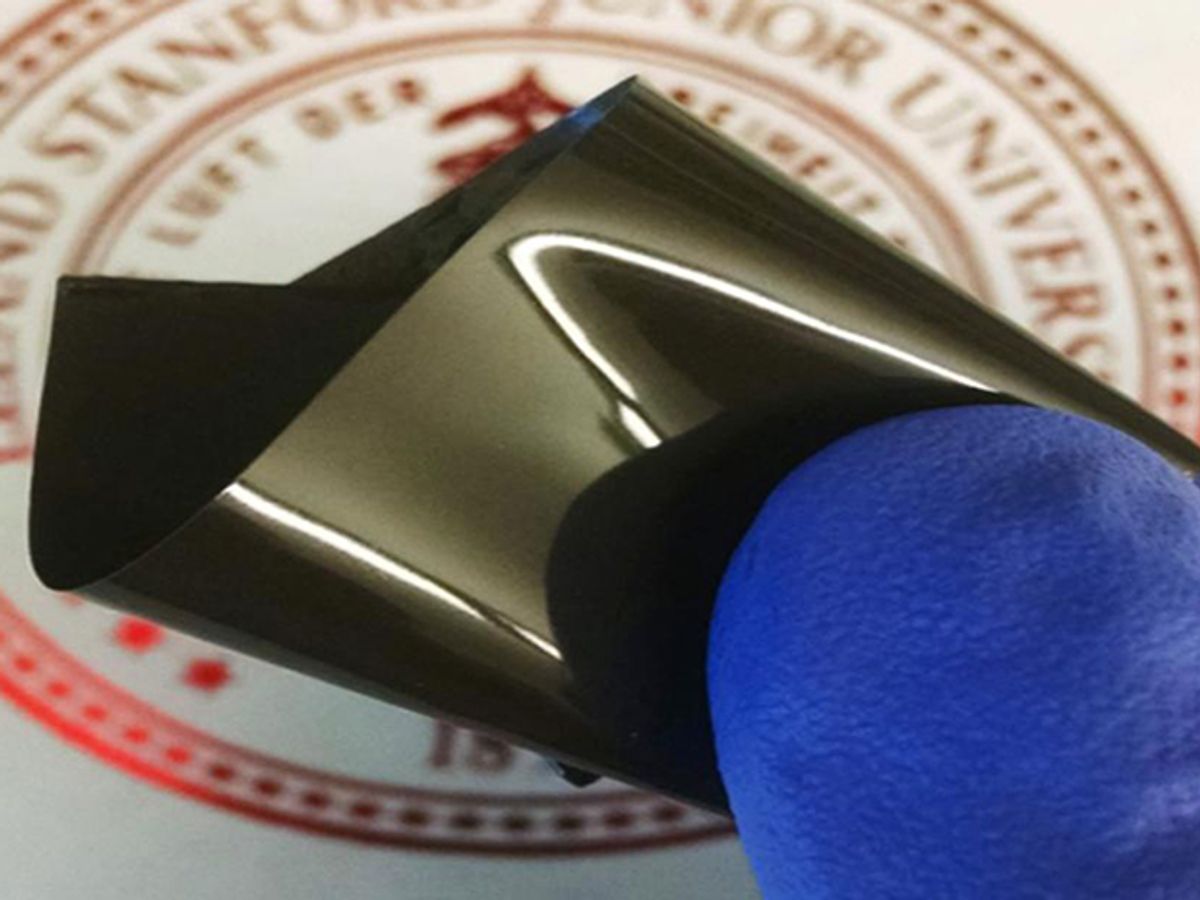The exploding lithium ion battery: It has caused fires in laptops at conferences and on planes, in phones worn in pants pockets, in chairs while people are sitting in them and in this season’s hot holiday gift, the hoverboard—leading to the boards being banned just about everywhere. Entire companies have been founded with the goal of designing batteries that are less likely to explode, none have fixed the problem in an inexpensive, easy to manufacture way that makes sense for the mass market.
Today, Stanford announced that its researchers have figured out the secret ingredient in the recipe for an explosion-proof battery—a polyethylene film embedded with spiky nanoscale nickel particles, placed between one of the battery’s electrodes and the metal current collector that routes the electrons.

At normal temperatures, the spikes of nickel touch each other and conduct current easily; at higher than normal operating temperatures, the plastic film expands, pulling the nickel spikes apart and shutting down the flow of electrons. (The researchers coated the nickel in graphene to prevent it from degrading over time.) The researchers say they can tune the expansion and contraction to adjust the temperature range within which the battery operates.
Besides being relatively inexpensive and straightforward to implement, the Stanford researchers say this approach to battery safety has an important feature that makes it stand out from other designs—it is reversible. It doesn’t permanently shut the battery down, rather, as soon as the battery cools off, the plastic shrinks, the nanoparticles come back in contact with each other, and the battery immediately begins working again.
"People have tried different strategies to solve the problem of accidental fires in lithium-ion batteries," said Zhenan Bao, a professor of chemical engineering at Stanford, in a press release. "We've designed the first battery that can be shut down and revived over repeated heating and cooling cycles without compromising performance." Bao explains the technology in the video above, and the research team members, which also include Zheng Chen, Po-Chun Hsu, Jeffrey Lopez, Yuzhang Li, John W. F. To, Nan Liu, Chao Wang, Sean C. Andrews, Jia Liu, and Yi Cui, detail their work in Nature Energy.
Tekla S. Perry is a senior editor at IEEE Spectrum. Based in Palo Alto, Calif., she's been covering the people, companies, and technology that make Silicon Valley a special place for more than 40 years. An IEEE member, she holds a bachelor's degree in journalism from Michigan State University.



